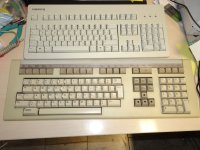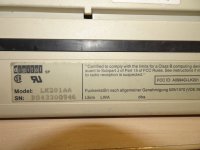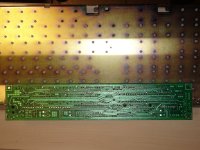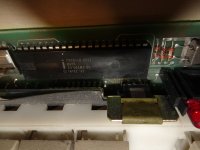Roland Huisman
Veteran Member
I've been fixing a few VT220 terminals lately. There seem to be an old and a new model VT220. The old model (on the right hand side) is from 1984 and the online 1983 documentation matches the hardware. The terminal on the left hand side is made in 1987. The hardware is completely different. And I can't find any documentation on that model.
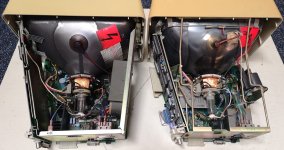
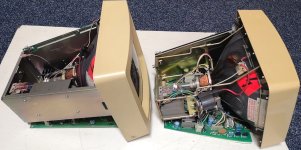
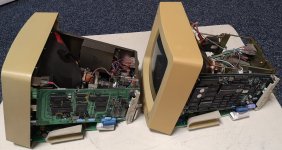
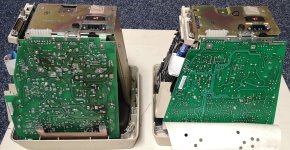
The new and old style CPU boards can be exchanged between the terminals.

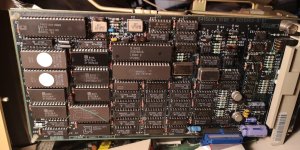
I wonder, does anyone have the documentation of the later model VT220?
And does any one know how you can check the fosfor color in the serial number?
Regards, Roland




The new and old style CPU boards can be exchanged between the terminals.


I wonder, does anyone have the documentation of the later model VT220?
And does any one know how you can check the fosfor color in the serial number?
Regards, Roland
Last edited:

